Your subject teacher arranged a potted plant as shown in figure (a). Next day turn its position horizontally as shown in figure (b). After few days, you observed the plant as shown in figure (c).
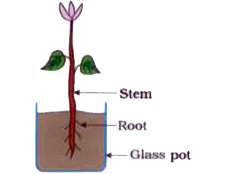

Which type of movement does this experiment explain ?Solution in Gujrati
This experiment explains tropic movements due to growth in plant.
Topper's Solved these Questions
Similar Questions
You saw a tragic road accident resulting in death of two persons. The reason for that is bike rider tried to overtake the truck from wrong-side with overspeed. He was not wearing a helmet that caused head injury.
You were scared because you also have same habit to drive activa without wearing helmet. Your father often warned you that to drive vehicle without a driving licence is a crime.
Which part of brain is involved into learning how to drive vehicle ?01:49View SolutionYou are supplied with two sets of seeds of pea plants. One set is yellow and round seeds with gene constitution YYRR and other set is green and round seeds with gene constitution yyRR. From both sets of seeds plants are cultivated. Pea plant is self-pollinated but arrange artificial cross between two given plants cultivated from seeds. Which offsprings do you expect ? show with chart.
01:38View SolutionWater stands at level A in the arrangement shown in figure. If a jet of air is gently blown into the horizontal tube in the direction shown in figure, then
02:24View Solution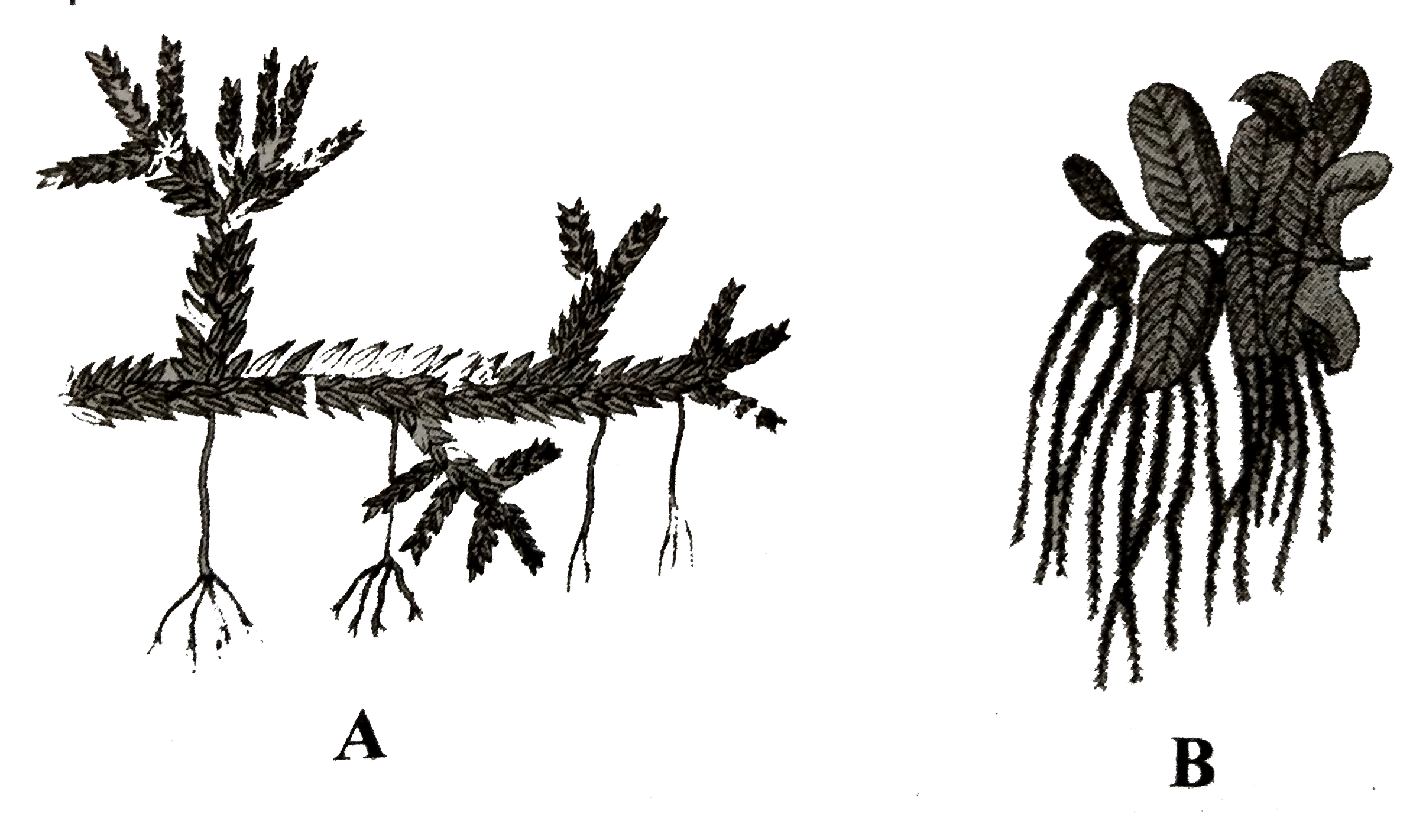
Identify the plants shown in figure and select the correct option:02:52View SolutionA potted plant is kept horizontally for a considerable time. The three positions of the parts A and B of the potted plant are shown in the following figures:

(a) Which figure shows the correct position taken by the parts A and B of the plant?
(b) What type of phenomenon is exhibited by the figure chosen in (a) above?04:04View SolutionA potted plant having straight parts A and B was placed horizontally on its side as shown in Figure (i). After a few days it was observed that the parts A and B of the plant acquire new positions as shown in figure (ii).
(a) Name the phenomenon exhibited by the position of plant parts A and B in Figure (ii)
(b) Name the stimulus (other than sunlight) which causes plant part A to grow and bend upwards, and plant part B to bend downwards.
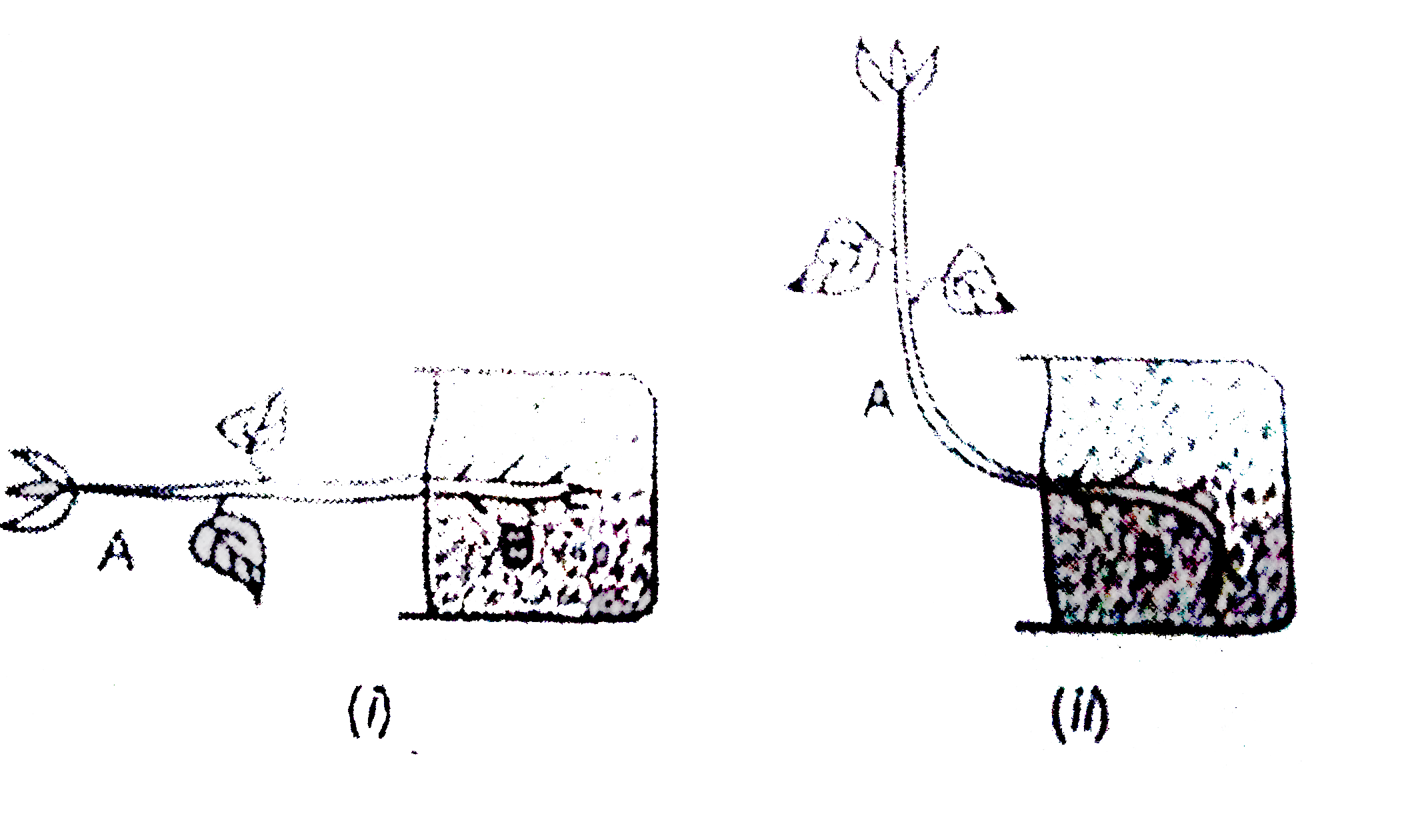 03:52View Solution
03:52View SolutionYour subject teacher arranged a potted plant as shown in figure (a). Next day turn its position horizontally as shown in figure (b). After few days, you observed the plant as shown in figure (c). State the direction of growth of root and stem in the plant.
View SolutionYour subject teacher arranged a potted plant as shown in figure (a). Next day turn its position horizontally as shown in figure (b). After few days, you observed the plant as shown in figure (c).
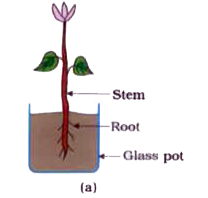
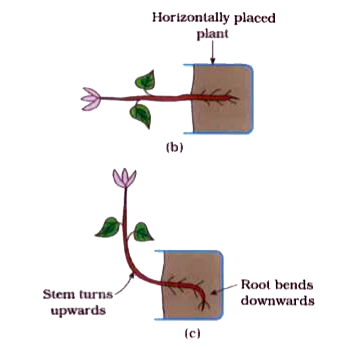
What happens when the pot along with the plant is placed as in fig. (b)?01:29View SolutionYour subject teacher arranged a potted plant as shown in figure (a). Next day turn its position horizontally as shown in figure (b). After few days, you observed the plant as shown in figure (c).
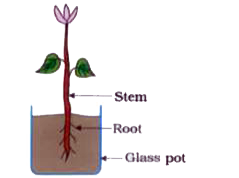
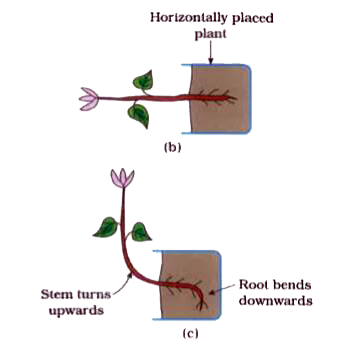
Why the growth of the entire plant as shown in fig. (b) does not occur parallel to the soil surface ?03:36View Solutionव्याख्या कीजिये की चित्र 12.13 में दर्शाई गयी व्यवस्था में बल्ब क्यों नहीं दीपितमान होता है|
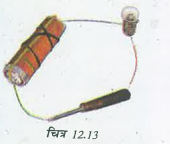 03:36View Solution
03:36View SolutionPerform the experiment arranging the apparatus as shown in figure.
Record your observation and identify what type of compounds sodium chloride and sugar are
 .View Solution
.View SolutionPerform the experiment arranging the apparatus as shown in figure.
Record your observation and identify what type of compounds sodium chloride and sugar are
 .View Solution
.View SolutionArrange the objects as shown in the figure and conduct the experiment. Based on your observations, what is the conclusion that you reach at? '(##VPU_TTT_CHE_IX_C07-E02_001_Q01##)'
04:41View SolutionObserve the figure and answer the following questions
'(##VPU_HSS_BIO_IX_P02_C06_E01_002_Q01##)'
a. What changes do you observe in the growth of root and stem in a plant, if it is kept stationary as shown in the figure for a few days. Why? b. If the apparatus is rotated gently and continuously, what change would you, óbserve in its root and stem?02:37View SolutionAdestarched leaf on a potted plant В was covered with black (A), White (B) and transparent (C) strips of paper as shown in the figure. After six hours of exposure to sunlight the leaf was removed from the plant and tested for observation?
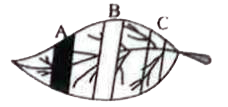 02:14View Solution
02:14View Solution

